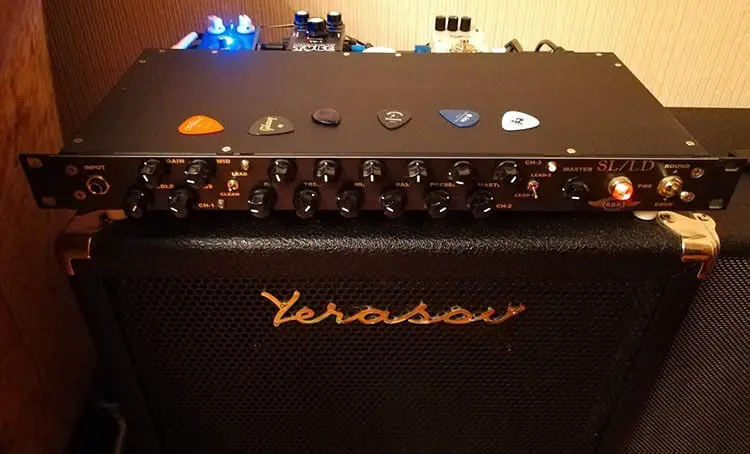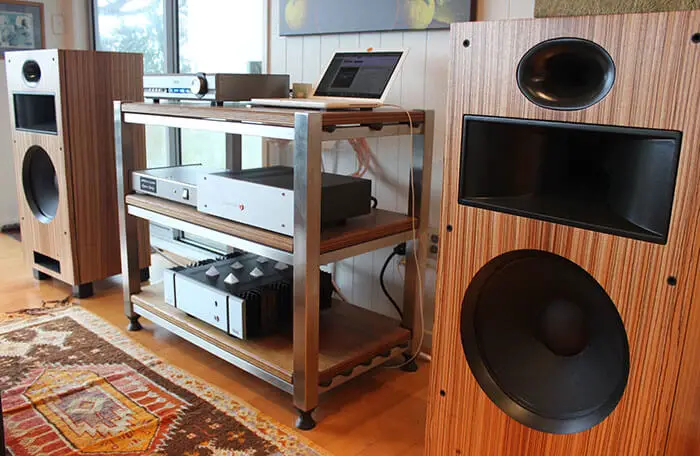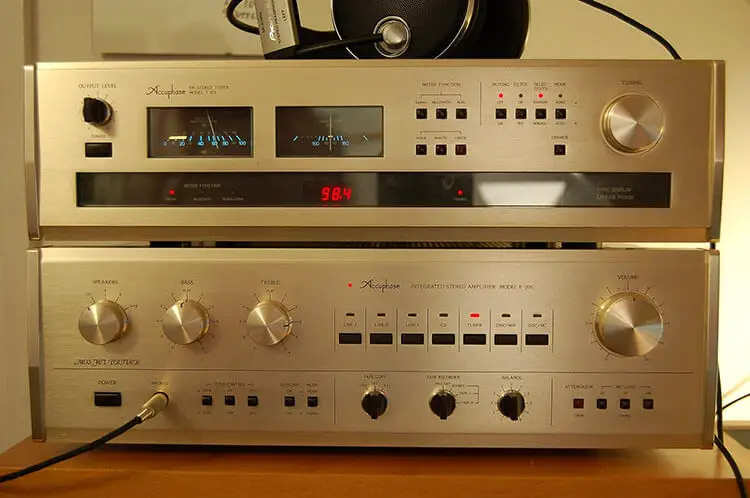You can use an amplifier as a preamp in certain situations. Actually, it’s a better option to some extent. Of course, it comes with both pros and cons. It’s an all-around pocket-friendly setup. Moreover, it can provide high-powered output. At the same time, it fails to provide high sound quality.
I will explain all the benefits and disadvantages of using an amplifier as a preamp. I will also describe how you can use an amplifier as a preamp. Before that, let me make a clear statement about whether you can use an amplifier as a preamp or not.
Can I use an amplifier Instead of a preamp?

Yes! You can use an amplifier as a preamp. It’s more suitable for capturing strong input signals. If you input a bass guitar or drums sound, an amplifier works better than a preamp as a feeder. Again, an amplifier is also capable of capturing weak input signals.
Here are the pros and cons of using an amplifier as a preamp.
Pros
- Cost-effective: The best audio setup can be the “output to audio-interface/mixture to preamp to input.” But it’s costly to arrange. If you eliminate preamp from the lineup, it will reduce some costs. However, an amplifier is a must to make the sound loud enough. So, you can replace the preamp with a power amp. Thus, you can save more bucks.
- High amplification: Most speakers or subwoofers have integrated amplifiers. Double amplification will occur when you replace the preamp with the amplifier. Thus, the output signal will be powerful, and the sound will be louder. However, this won’t happen if your pc receives the output signal.
- Versatility: Preamps usually receive the weak input signal and convert it to a strong line signal. Here amplification is limited to the requirement. Moreover, a preamp can’t process signals of high strength. So, there can be a missing input if the signal is too strong. Whereas a power amp can receive or process any kind of signal. An amplifier can boost the signal, whether weak or strong.
Cons
- Low sound quality: Unlike preamps, an amplifier can’t process the input signal well. Power amps can’t clear or color sound. That’s why the overall sound quality is low here. The crystal clarity or soothingness is missing in the sound fed by the amplifier.
- Noise/distortion: As I said earlier, amplifiers can’t process the sound well. It just captures all kinds of input signals and amplifies them. Thus, many unwanted sounds are fed. As a result, the final output becomes very noisy or distorted.
How to use an amplifier as a preamp

Using an amplifier as a preamp is possible. But as I said, there are some limitations or disadvantages. Well, you can’t eliminate them totally. But you can reduce them to some extent. For that, follow the below tips accordingly.
Tip-1: Get the suitable amplifier
Not every amplifier is suitable as a preamp. So, get an amplifier that is somewhat similar to the preamp. Thus, you can get better results. Here are the technical specifications you should consider while choosing an amplifier as a preamp.
- Frequency range: The biggest problem of using an amplifier as a preamp is that the output sound is very noisy. To avoid this, evaluate the frequency of your primary input sound and get a preamp accordingly. For example, a bass guitar’s frequency range is 40 Hz to 4000 Hz. If you get an amplifier of the same frequency range, it will only capture the guitar’s sound. Other lower-frequency sounds won’t be received on it. Thus, you can reduce unwanted noise.
- Impedance: In simple words, impedance is the loudness of the sound. Distortion becomes high when the impedance of the amplifier and the speaker are mismatched. So, when getting an amplifier for preamplification, ensure all components’ impedance matches each other. Thus, distortion will be low, and you will get better sound quality.
- Sensitivity: The sensitivity of an amplifier is related to the bass level. If the sensitivity is higher, the bass level will be higher. Generally, preamps have lower sensitivity. So, it can provide clean sound with minimum boost. If you plan to use an amplifier as a preamp, make sure the amplifier also has low sensitivity.
Tip-2: External parameters to be set

Choosing a suitable amplifier is not enough for preamplification. How much you try, there will still be distortion and noise. So, you must set some external parameters. It’s crucial to obtain the best outcome from the preamp or amplifier.
- Use the right mic: Using preamps can’t ensure 100% clarity of sound. It’s the microphone that plays a vital role in it. If you get the correct type of mic, the noise will be significantly lower. As you are looking for a preamp, I can assume it’s for studio recording. In this case, use a condenser mic instead of a dynamic mic. It will only capture the primary sound. Thus, the noise will be minimal.
- Noise cancelation: It’s good if all your audio components have a noise cancellation feature. Thus, the noise can be lower, although you have no preamp in your setup. However, this feature mostly comes with microphones and speakers. So, keep this thing in your mind while getting a mic or speaker.
Frequently asked questions about amplifier and preamp
Do preamps really matter?
Yes! Preamp matter. The preamp does the job of clearing and coloring the sound. It only captures the primary sound. So, noise is minimum if there is a preamp in your lineup. Moreover, it provides extra smoothness to the input. So, the final output is far better than the input.
Which is better integrated or a power amplifier?
In terms of utility, an integrated and a power amp don’t have any difference. Actually, they do the same job. Both amplify the sound and make it louder. But the integrated amplifier is more cost-efficient. Moreover, it’s easier to set up and occupies less space. So, you can say an integrated amplifier is better than a power amplifier.
Do amplifiers deteriorate with age?
Like any other appliance, amplifiers also deteriorate with age. Whether it is of solid-state or tube form, it will eventually exhaust. But the deterioration is very slow, like literally slow. You can find amplifiers that are still running after 30 years of use.
How long will an integrated amplifier last?
It’s often said that an amplifier can last forever. But you know, it’s not possible. An appliance can’t last forever. But it can last lifelong. Yes! An integrated amplifier can last more than 20 years. However, the old type of amplifier lasts longer than the new type of amplifier.
Conclusion
You have acknowledged that an amplifier also can be used as a preamp. You have also learned how to do it. But can you always do it? Not at all. You have to make a decision according to your budget and purpose.
You don’t need to sacrifice the preamp if you have a 4000-5000 USD budget. You can get a more than decent preamp with an audio interface, high-quality speakers, a power amp, and a mic with that much budget. This setup is suitable for recording podcasts, playing acoustic guitar, or singing soothing music.
If your budget is from 1000 to 2000 USD, you can’t obtain a preamp in your setup. In this case, you can use an amplifier as a preamp. This type of setup is more suitable when you prefer loudness over smoothness. That means it’s perfect for heavy metal and rock music capture.
